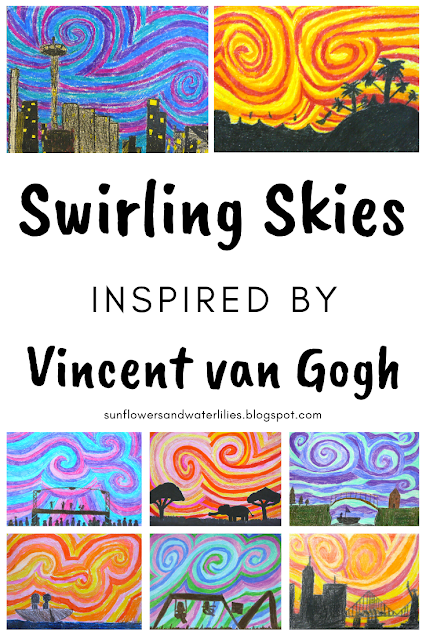Kehinde Wiley Self Portraits
Students are amazed by African American artist Kehinde Wiley's incredible talent, and they are drawn to his contemporary style.
Inspired by his work, 7th graders created these realistic self-portraits overlapped by patterned backgrounds. They were so proud of the results!
*** This full lesson with all the handouts is available on Teachers Pay Teachers, Classful, and Made By Teachers ***
Step 1: Introduction to Kehinde Wiley, and Drawing our Portraits
I begin this lesson by showing my students a 36-slide PowerPoint about contemporary artist Kehinde Wiley and his realistic portraits.
Sign up to the All About Art newsletter below if you would like me to send you the PowerPoint!
After looking at and discussing Kehinde Wiley's work, we begin drawing our own realistic and proportional self-portraits. We use a "Drawing a Portrait" handout to help guide us.
We first draw the shape of our faces, and we follow the steps on the handout to measure where the eyes, nose, and mouth should go. We use the mirrors to try to draw facial features that really look like our own. We add ears, neck and shoulders, hair, and any details that will help make it look like us. The drawing usually ends up taking up two class periods to get them just right!
Step 2: Layering, blending, and shading with colored pencils
By this age, I want my students to by using more advanced techniques with colored pencils. This means using shading and layering/blending colors together.
I give my students a shading worksheet to practice these techniques on. The worksheet can be completed with either regular pencil or colored pencil. We use colored pencils this time to help us prepare for this specific project.
Students begin with a cool color, like blue or purple, for the darkest shadows to create more depth. Then, they use their skin color to shade the whole area. Lastly, they use a warmer color, like peach, yellow, tan, or pink, to add some highlights. After this worksheet, they are ready to apply these techniques to their portraits.
They spend the next class or two coloring their faces and hair. We leave the shoulders uncolored for now so we can allow the background design to creep into the foreground just like Kehinde Wiley.

Step 3: Creative Backgrounds
Once students are done coloring their face and hair, they begin practicing some ideas for their background design. We look at different images of patterns for inspiration, including floral patterns, Baroque patterns, Art Nouveau, and textile designs. I also provide my students with a Pattern Handout for more ideas.
My students truly admire Kehinde Wiley's work, and they are so proud of the way these realistic portraits come out!
The full lesson and three worksheets to support this lesson can all be found on Teachers Pay Teachers, Classful, and Made By Teachers.
And don't forget to subscribe to my newsletter and get the PowerPoint to help teach your students about this fantastic artist!
Click here to check out more Art Lessons for middle schoolers, inspired by some other great artists!











Comments
Post a Comment